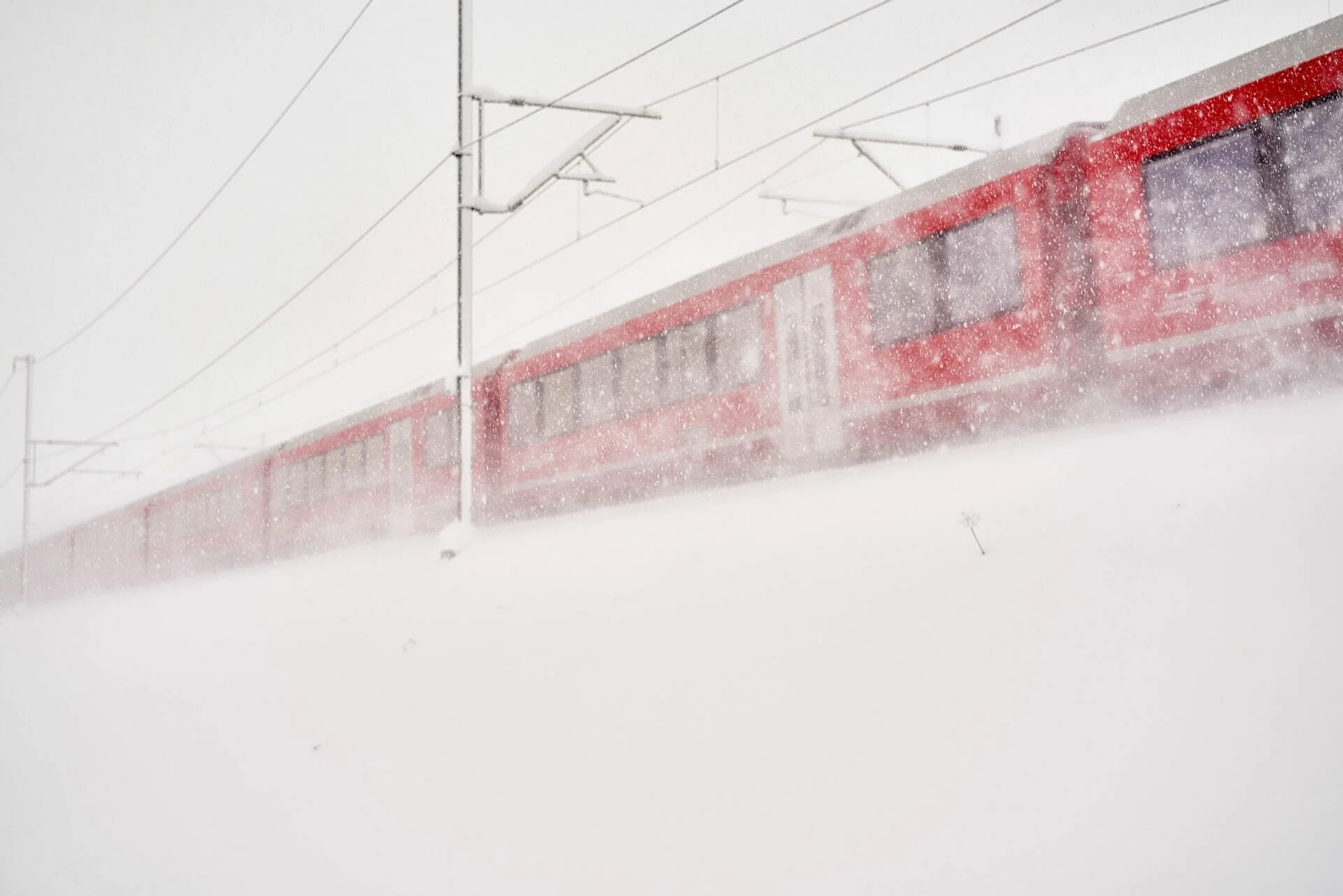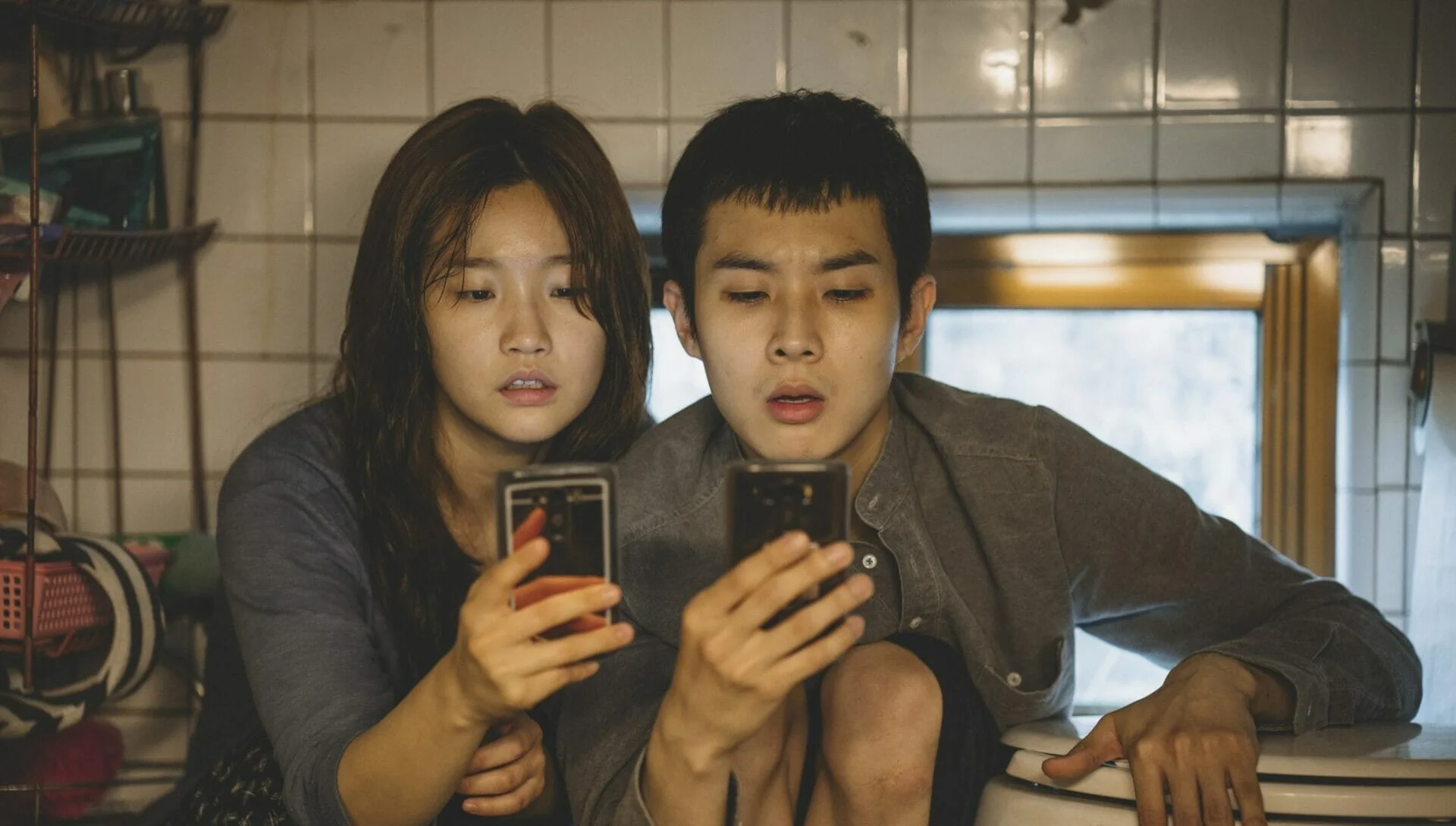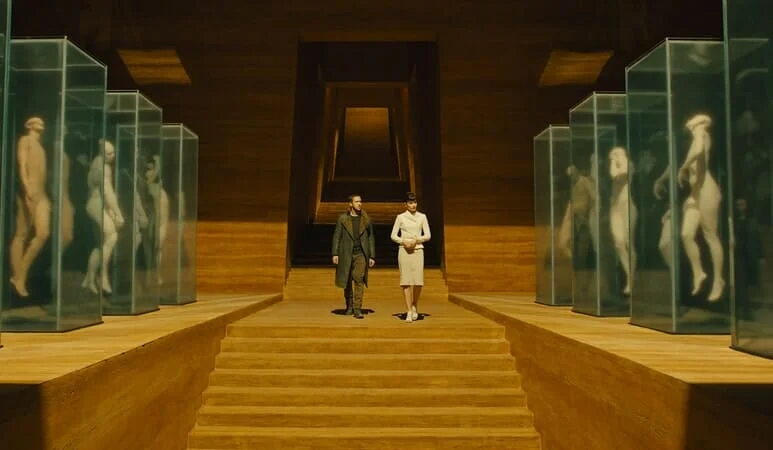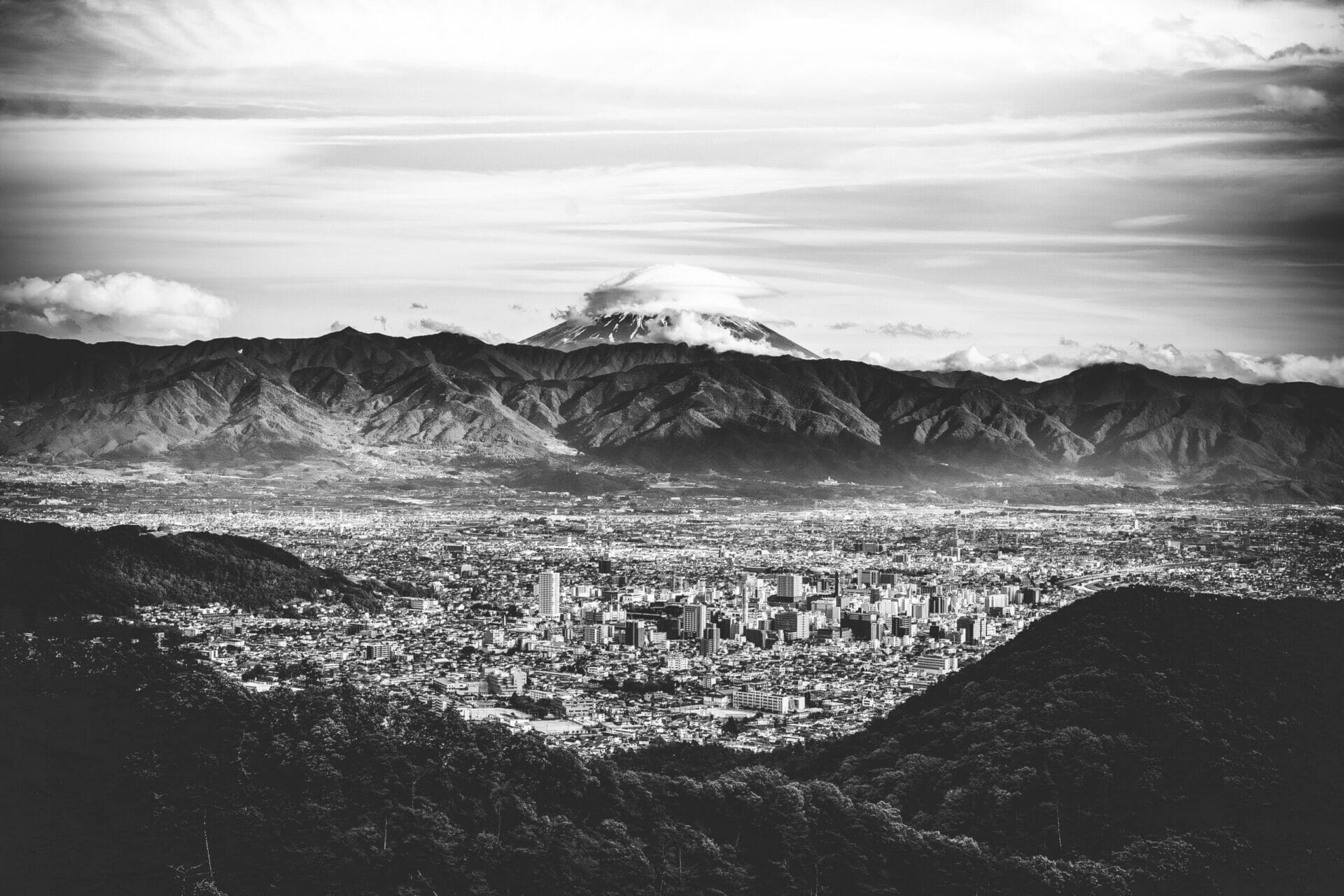
Snowpiercer | A Dystopian Aesthetic
Year
Runtime
Director
Cinematographer
Production Designer
Music by
Format
Subgenre
South Korean director and four-time Academy Award winner Bong Joon-ho has become a household name around the world, largely due to the worldwide success of his film Parasite. But it was Snowpiercer, his debut English-language movie released in 2013, that put him on the map overseas and earned him international public and critical acclaim. This post-apocalyptic sci-fi movie adapts the 1980s French graphic novel series Le Transperceneige by Jacques Lob and Jean-Marc Rochette.
Snowpiercer is as striking in its political message as it is in its vision and technical aspects. Its strength lies in its rich metaphors and evocative cinematography, which create a dystopian aesthetic. Bong Joon-ho uses technical aspects to craft a post-catastrophic narrative set in a dystopian future. Yet the movie’s message of social justice resonates with today’s viewers.
A story of a revolution
The events of Snowpiercer take place in the year 2031. The Earth has frozen over, killing all forms of life, after a fatal attempt to stop climate change. The only survivors are those trapped on the “Snowpiercer”, a self-sustaining train that makes endless laps around the planet. The train also has a strict class system: the closer to the front, the better the conditions. Those who forced their way in as their world was coming to an end are crammed into the wretched rear carriages, constantly watched over by armed guards. In the tail lives Curtis (Chris Evans). Trying to improve his conditions, he joins a revolution to take control of the head of the train. Snowpiercer follows Curtis and the other insurgents as they make their way up the train.
Except for a few shots of the frozen exterior, most of Snowpiercer takes place in the enclosed, cramped space of the train. This choice creates a sense of claustrophobia common to single-location movies such as Roman Polanski‘s Carnage (2011), Steven Knight‘s Locke (2013), or David Leitch‘s recent Bullet Train (2022), which also takes place almost entirely on a fictionalized version of a Japanese bullet train.
Visually trapped in a single place, viewers can share the characters’ unease. What Snowpiercer symbolizes exacerbates this anxiety. It is society as a whole, shrunk into a confined environment that magnifies its flaws and compounds its atrocities.
“Be a shoe.”
The train represents a hierarchical pyramid in which a person’s assigned carriage reflects their position and influence within the system. This is illustrated by the famous speech given by Minister Mason (Tilda Swinton):
Order is the barrier that holds back the flood of death. We must all of us on this train of life remain in our allotted station. We must each of us occupy our preordained particular position. Would you wear a shoe on your head? Of course you wouldn’t wear a shoe on your head. A shoe doesn’t belong on your head. A shoe belongs on your foot. A hat belongs on your head. I am a hat. You are a shoe. I belong on the head. You belong on the foot. Yes? So it is. In the beginning, order was proscribed by your ticket: First Class, Economy, and freeloaders like you. Eternal order is prescribed by the sacred engine: all things flow from the sacred engine, all things in their place, all passengers in their section, all water flowing. all heat rising, pays homage to the sacred engine, in its own particular preordained position. So it is. Now, as in the beginning, I belong to the front. You belong to the tail. When the foot seeks the place of the head, the sacred line is crossed. Know your place. Keep your place. Be a shoe.
Minister Mason (Tilda Swinton), via IMDb
Everyone’s place on the Snowpiercer is determined before they ever set foot on the engine. The creator of the engine, Wilford (Ed Harris), takes on the role of judge and executioner, dictator and deity, deciding who is indispensable and who can be sacrificed for the greater good. In this way, the path of the hero and the insurgents symbolizes the rise between classes. However, the movie warns viewers that the oppressed can easily become the oppressors. Wilford and Curtis are two sides of the same coin, as both are willing to accept the loss of their comrades in order to achieve their goals.
Other sci-fi works echo this ultra-hierarchized setting. For example, the video game Cyberpunk 2077 presents a world very similar to the one of Snowpiercer. Players evolve on a devastated planet in a constant state of economic and social crisis, with no porous frontier between those in power and those they exploit.
“One small flame can burn a whole field.”
Snowpiercer‘s political message is a discourse on social organization and power dynamics. The apocalypse, which should have created more unity among the survivors, only exacerbated their differences. In the end, it is one of the oldest stories in the world, about the exploitation of the weakest by the strongest. However, the use of the technical aspect and cinematic language to convey the meaning of the movie makes it original.
One of the most striking examples of this is the “torch-carrying scene”. As the revolutionaries face off against the Snowpiercer’s armed militia, the situation becomes dire. The train enters a long tunnel and all the lights go out. They are now forced to fight in total darkness while their enemies are equipped with night vision goggles. The battle seems lost until Curtis suddenly remembers that there are matchsticks at the rear of the train and shouts for their owner to bring him some light. His comrades relay his cries through the cars to the end of the train. A young boy lights a flashlight and it passes from hand to hand until it reaches Curtis. This act of solidarity turns the tide of the battle, and the rebels defeat the now-blinded militia.
The scene opens with a point-of-view shot of night vision goggles. Green lenses and blurred vision add to the confusion that viewers share with the rebels as events unfold through the eyes of their enemies. Then, viewers once again share Curtis’s perspective as some light manages to seep through cracks in the tunnel. The sequence unfolds partly in slow motion, and everything is pitch black except for a few brief moments of light. In the following sequence, viewers follow the torch as it reaches the battlefield. For a more dramatic effect and to emphasize the primitive aspect of the torch, not a single light bulb was used, only real torch light. This great contrast in luminosity gives the movie a sort of Caravaggio-style painting quality.
[…] In Korea they say, “One small flame can burn a whole field.” I was trying to express that cinematically.
Bong Joon-ho talking about the “torch-carrying scene” in an interview with Film Comment
An impressionist painting
Snowpiercer draws its energy from small moments that are less literal and more poetic. As the characters and viewers make their way through the front carriages, sequences follow one another with seemingly little logic between them. Each carriage is a different universe. In one scene, a small group of revolutionaries eat sushi in a wagon-turned-aquarium while Minister Mason, whom they have taken hostage, explains the importance of a balanced, precisely controlled ecosystem. In the next, there is a school classroom where a teacher is lecturing masked children about the immortality of the Snowpiercer, whom she adoringly refers to as the Engine, and Wilford’s prophetic abilities.
Ultimately, as Bong Joon-ho explains, “not everything is logical, or not everything makes sense on the surface, but if you look carefully you can get an idea of what’s there.”
As viewers finish the movie and reflect on these scenes, they will find that they explain life on Snowpiercer and somehow foreshadow the end.
Much like Wassily Kandinsky‘s earlier works, Bong Joon-ho sets aside a more linear narrative to explore different ways of expressing his story cinematically. In this vein, in Houses at Murnau (1909), the dense brushstrokes don’t make much sense at first glance, but once the viewer steps back, they begin to understand the subject of the painting. Like an impressionist painting, Snowpiercer‘s dystopian aesthetic gives viewers an image of life as a survivor in a frozen hellscape. Just as Kandinsky paints an impression of houses rather than attempting to represent them accurately, Bong Joon-ho abandons more traditional storytelling. In doing so, he leaves room for viewers to make their own interpretations. In conclusion, Snowpiercer reminds moviegoers that a movie is more than just the story or the message it conveys. Most importantly, cinema is a genre of art that should be appropriated by its witnesses.
Tag
Buy a ☕ for Hypercritic







